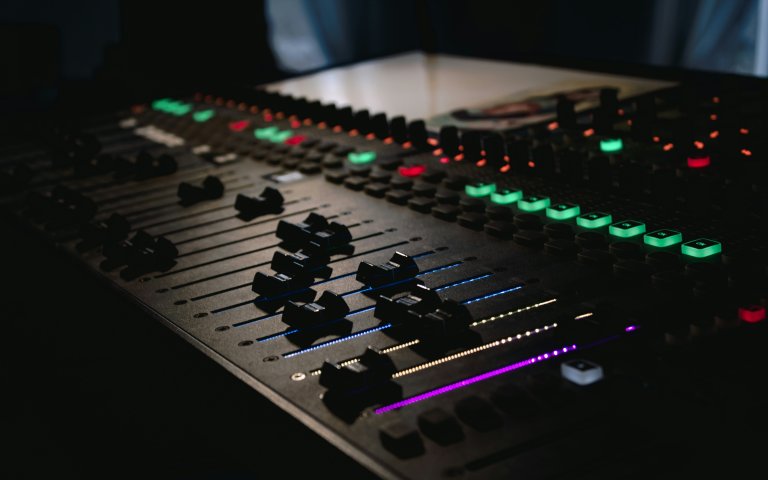Making The Most Of A Headphone Review
When it comes to purchasing a new pair of headphones, it can be overwhelming to sift through all the options available. With different brands, styles, and features, it’s hard to know which one will work best for you. That’s where headphone reviews come in. Reading reviews from other users can give you valuable insights and help you make an informed decision. But how do you make the most of a headphone review? Here are some tips to help you get the most out of these helpful resources.
1. Research the reviewer
Before diving into a headphone review, take a moment to research the reviewer. Look for reviews written by people who have a similar taste in music or audio preference as you. This will give you a better understanding of their perspective and how their experience may differ from yours. Some reviewers may also have a bias towards certain brands or styles, so it’s important to know their background before taking their opinions as fact.
2. Pay attention to the specifications
Headphone reviews often include in-depth specifications such as the driver size, frequency range, and impedance. While these may seem like technical jargon, they can actually give you a better understanding of the capabilities of the headphones. For example, if you are a bass lover, you may want to look for headphones with a larger driver size and a lower frequency range. These specifications can help you determine if the headphones will meet your audio needs.
3. Look for real-world experiences
It’s important to take into consideration that everyone’s experience with a product can vary. Instead of just focusing on the technical specifications and the reviewer’s personal opinions, try to look for real-world experiences. Did the reviewer take the headphones on a commute or use them at the gym? This can give you an idea of how the headphones perform in different environments and situations. Look for reviews that provide a well-rounded experience, including the good and the bad.
4. Consider the price
The price of headphones can vary greatly and sometimes it can be hard to justify spending a lot of money on a product without trying it first. That’s where headphone reviews can be helpful. Look for reviews that mention the price and if the headphones are worth the cost. Some headphones may offer incredible sound quality but come with a high price tag, while others may be more budget-friendly but still provide decent audio performance.
5. Don’t rely on just one review
It’s important to read multiple reviews before making a decision about a product. One person’s experience may be completely different from another’s, and it’s important to get a well-rounded view. Take your time to read through different reviews from different sources to get a better understanding of the overall performance of the headphones. You can also look for video reviews or demos which can give you a better visual and audio representation of the product.
6. Consider the reviewer’s testing process
Knowing how the reviewer tested the headphones can also give you a better understanding of their experience. Did they listen to different genres of music or just stick to one? Did they test the headphones with different devices or just one? Knowing the testing process can help you determine if the review is unbiased and provides a comprehensive analysis of the headphones.
7. Look for comparisons
Reading a review of just one headphone model may not give you enough information to make a decision. Look for reviews that compare multiple headphones in the same price range or with similar features. This can give you a better understanding of which one may be the better option for you. Some reviews may even compare the headphones to previous models, giving you an idea of the upgrades and improvements.
8. Don’t forget about comfort
While sound quality is important, comfort should also be considered. Look for reviews that mention the fit and feel of the headphones. This is especially important if you plan on using the headphones for extended periods of time. The last thing you want is to have uncomfortable headphones that you can’t wear for more than an hour.
9. Take user reviews into consideration
In addition to expert reviews, it’s also important to read user reviews. These are reviews written by everyday people who have purchased and used the headphones. While they may not be as in-depth as expert reviews, they can give you an idea of the common issues or praises of the headphones. User reviews can also provide a different perspective that may help you make a better decision.
10. Use the information to make an informed decision
At the end of the day, a headphone review should only serve as a guide for your decision-making process. Use the information gathered to weigh the pros and cons and determine if the headphones will meet your needs and budget. Don’t let a review completely sway your decision, as everyone’s preferences and experiences can differ.
In conclusion, headphone reviews are a valuable resource when it comes to making a purchase. They can provide you with important information and insights from experts and everyday users. By following these tips, you can make the most out of a headphone review and find the perfect pair of headphones for you.



